In pictures: Sub Focus's studio
Take a tour of the production setup behind Torus
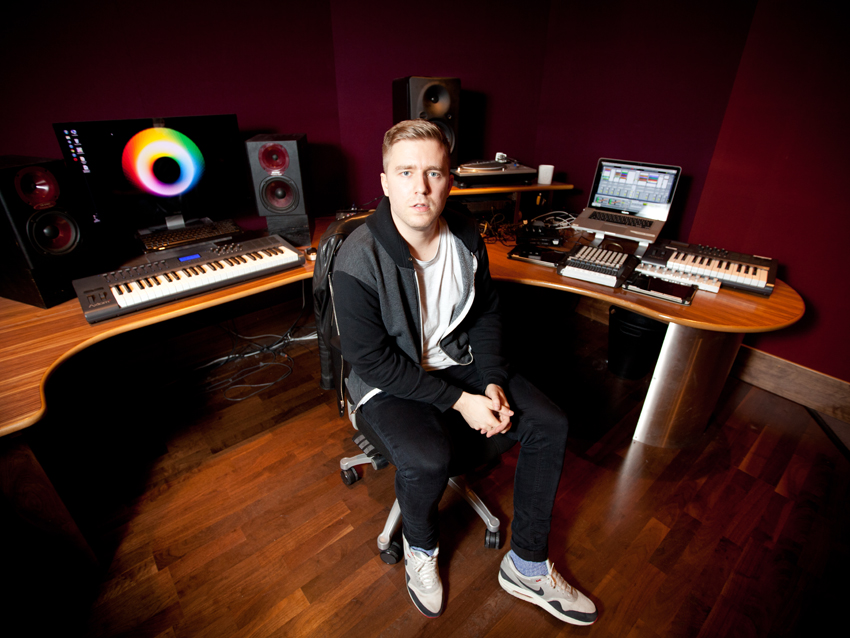
The studio
Nick Douwma’s in a good place right now - his second album Torus has ridden high in the UK charts, while he’s recently completed a spectacular UK tour, showcasing exciting live gizmos including motion sensor technology.
Initially a stalwart of the Jungle scene, with Torus Douwma has expanded his scope by incorporating elements of Deep House, Dubstep and Electronica into what is a pristine collection of up-tempo dance tracks, bolstered by a diverse range of vocal contributions.
Inside the studio, the forward-thinking Douwma has an infectious enthusiasm and technical inclination to work fully in the box, helping him to stay one step ahead of dance music’s generic limitations.
Here Douwma talks us through the gear and gizmos behind Torus. For more on the album, read our track-by-track interview with Douwma from earlier this year.
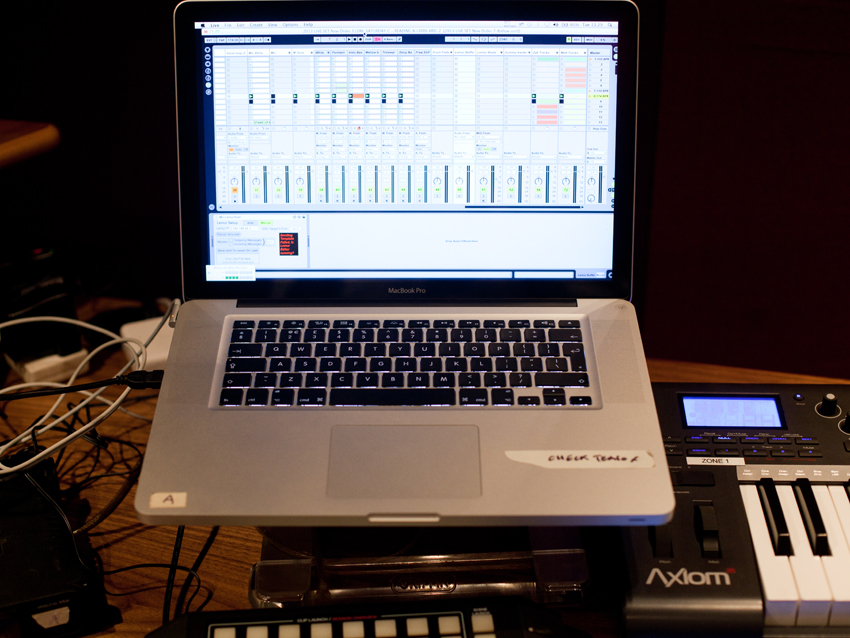
Ableton Live and plugins
“I’ve got very used to working with a set of plugins. Sylenth has got an amazing detune on it with a great analogue sound. Then there’s Native Instrument’s Massive which lots of producers are using.
“On the more unusual front there’s Glitch which is a good chopper for rearranging sounds and Shimmer by Valhalla which I really got into recently. It’s very good for long reverbs with this effect where the feedback on the reverb is pitch shifted. Brian Eno uses it a lot.
“Then there’s PaulStretch which is a great emulation of the old Akai time-stretch which is good for those old badly stretched vocals.”
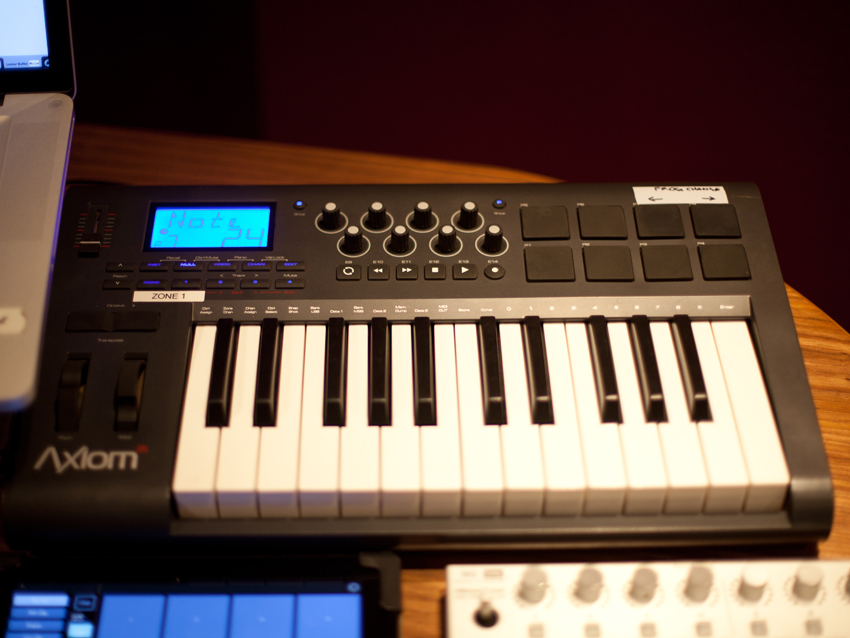
M-Audio Axiom 25
“This bit is a mini version of what I use in my live sets. I’ve got my M-Audio Axiom keyboard and two iPads running bespoke patches for Lemur.
“This patch is a version of Ambivalent Beats which I’ve had slightly modified for my use, and this is a basic controller for the buffer shuffler in Ableton Max for Live.”
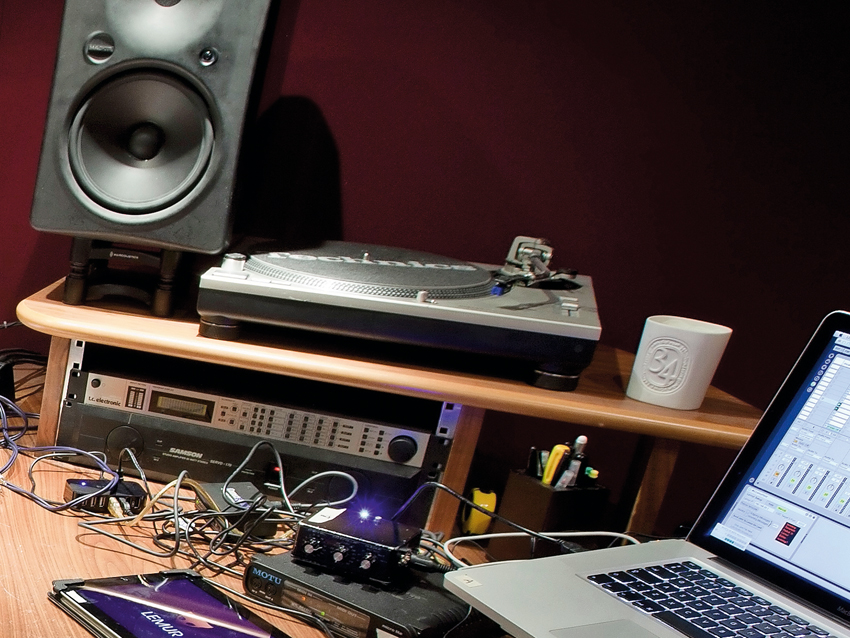
Technics turntable
“Just for sampling old vinyl.”
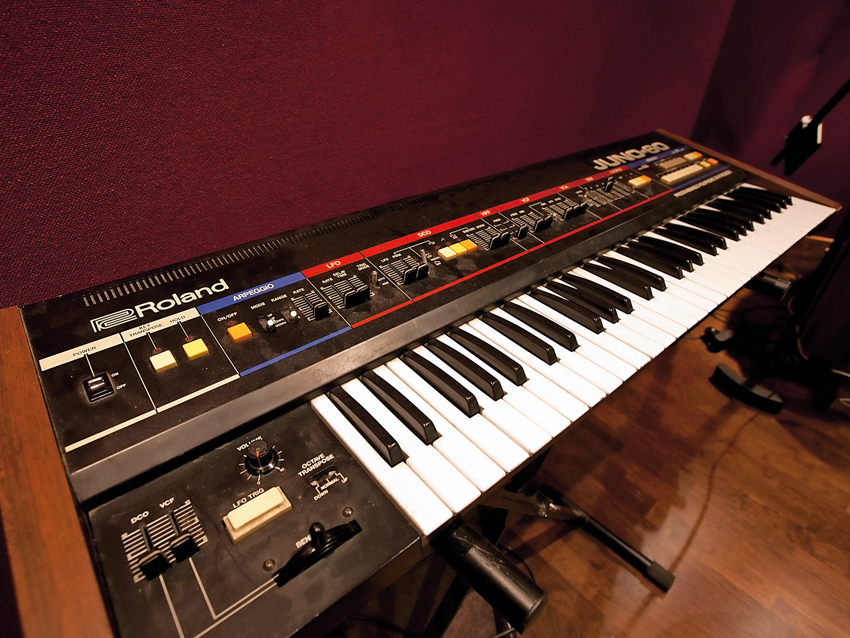
Roland Juno 60
“I picked this up a while back. I don’t have a lot of old kit and while I love the sound of old synthesizers, I’d often recreate that in software rather than using the real thing for the convenience of being able to change the sound all the time.”
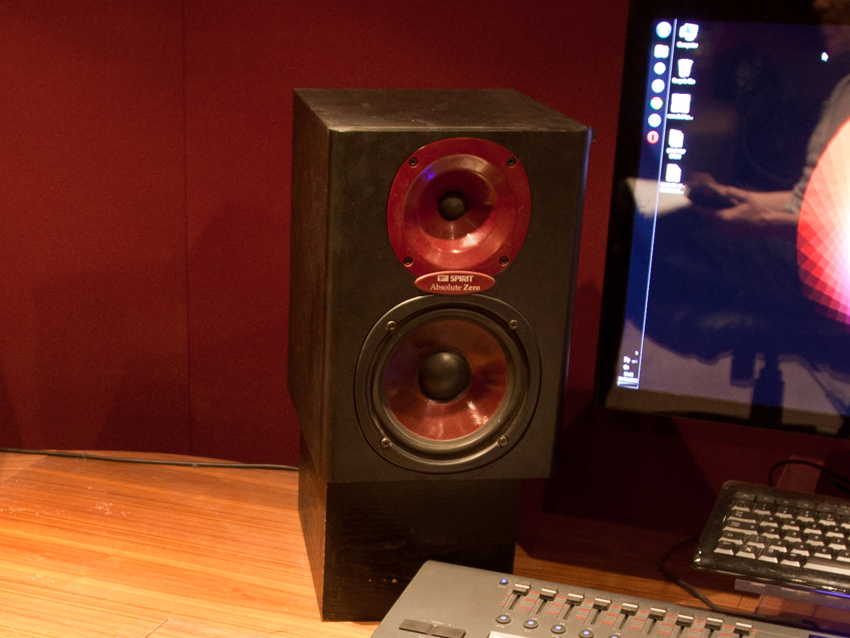
Spirit Absolute Zero
“These are my ‘normal’ monitors and are really old and cheap and I’ve just got really used to them. And I’ve got used to this odd configuration where they’re really close to my head, so I’ve tried to keep that constant all the way through so I know I can get the kind of sound on mixdown that I’m after.
“The temptation is always to buy bigger and newer speakers when you move to different places but I think a lot of the time that’s counterproductive as it’s all about what you’re used to.”
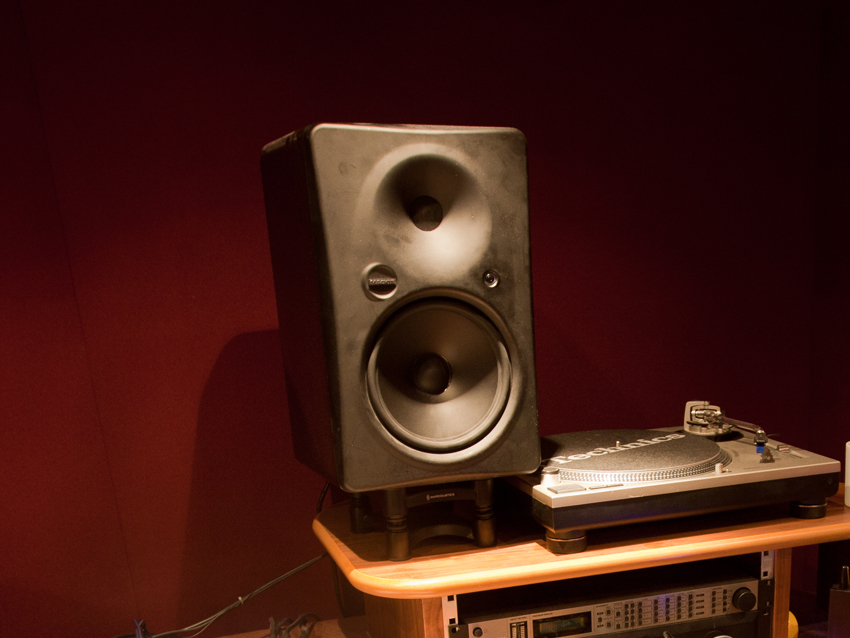
Mackie 824
“To be honest I don’t really love these, but use them as a second pair for reference. They’re a lot more bassy with a more clubby sound than my regular monitors.”
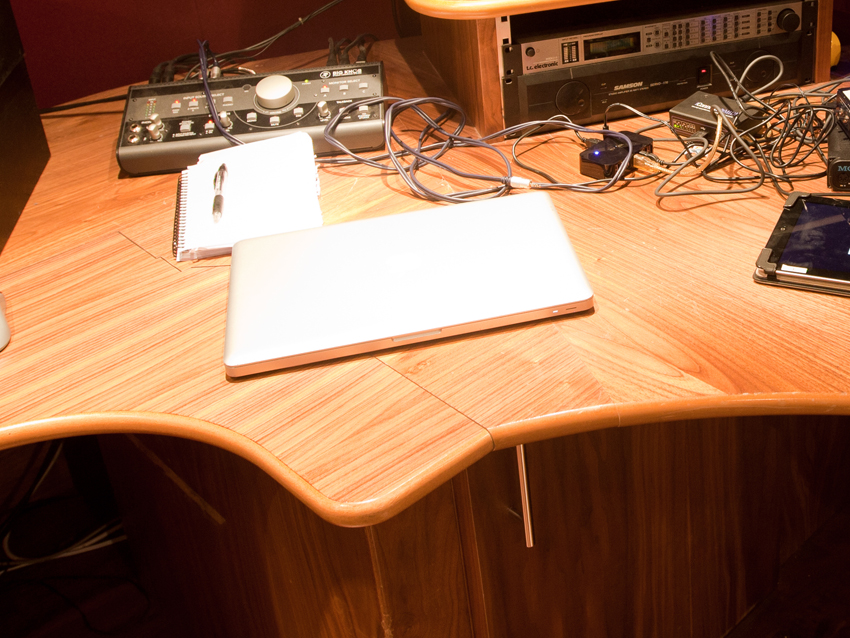
Second laptop
“I use this laptop for working up my DJ sets in Pioneer rekordbox.”
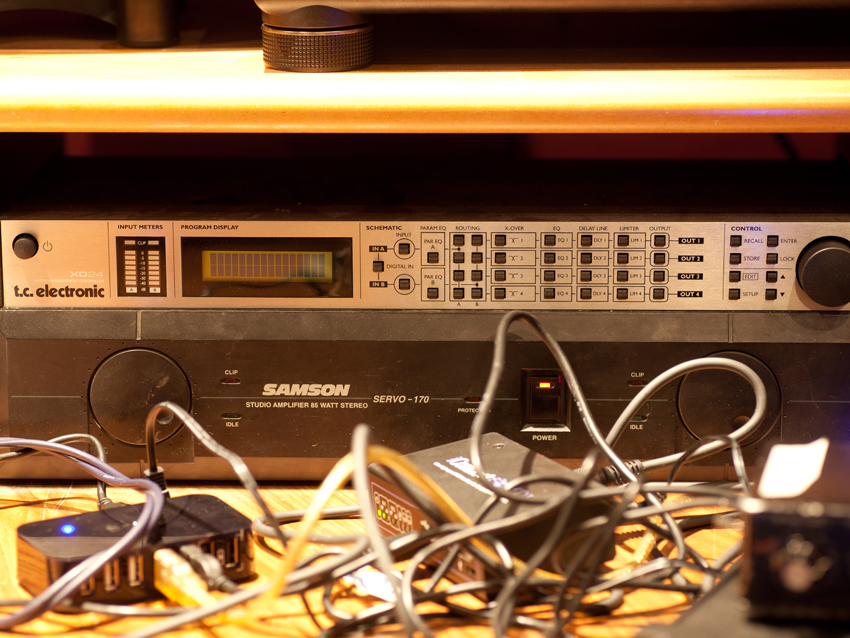
TC Electronic XO24
“This is something I’ve not started using yet. It’s a digital EQ basically for changing the EQ of the master buss. The idea was to use it to slightly adjust the EQ curve but I haven’t started using it.”
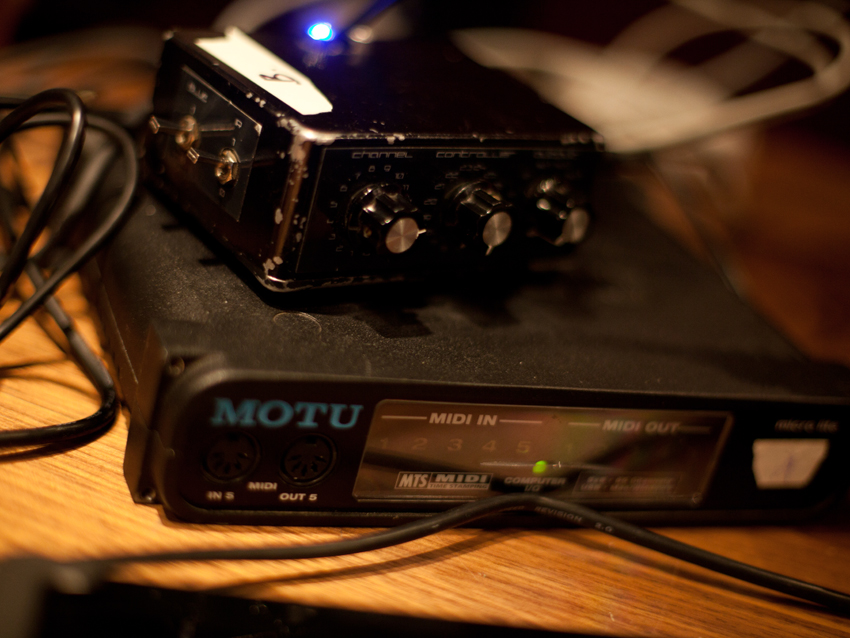
Motion sensor
“I’ve had this customised for use in my live show.”
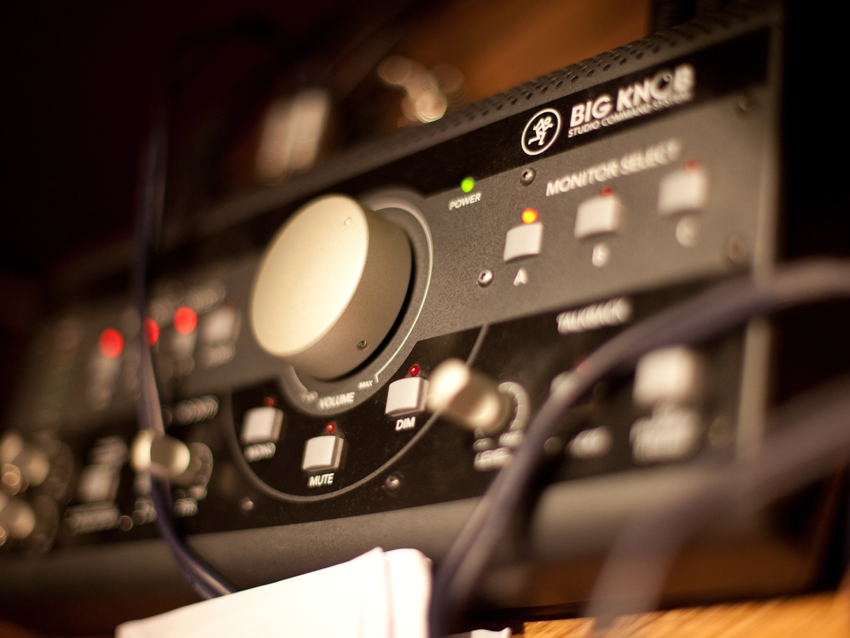
Mackie Big Knob
“For keeping everything together.”

Future Music is the number one magazine for today's producers. Packed with technique and technology we'll help you make great new music. All-access artist interviews, in-depth gear reviews, essential production tutorials and much more. Every marvellous monthly edition features reliable reviews of the latest and greatest hardware and software technology and techniques, unparalleled advice, in-depth interviews, sensational free samples and so much more to improve the experience and outcome of your music-making.











